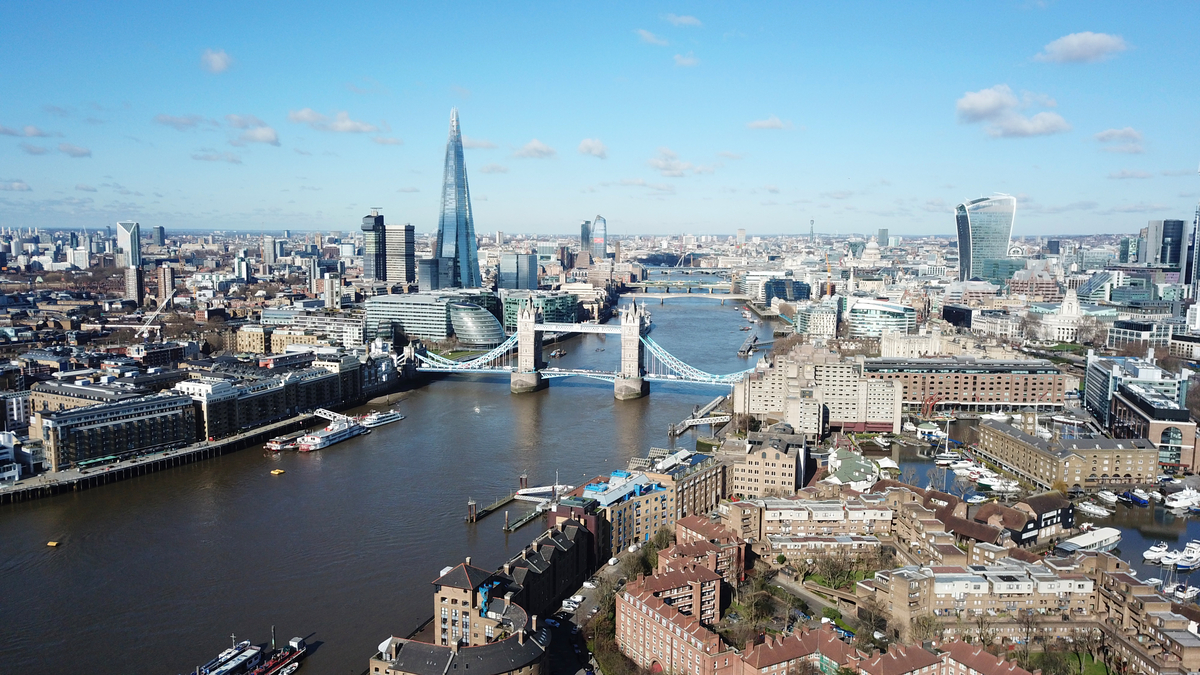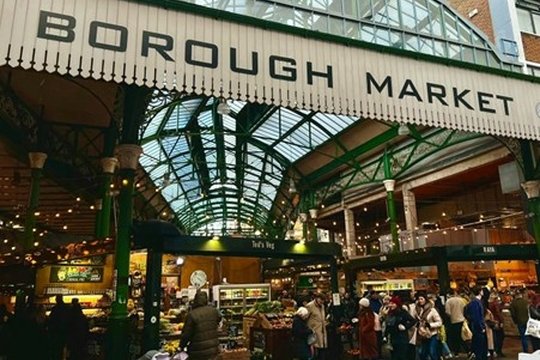The ‘Help to Buy’ scheme started in 2013 and aimed to assist first-time buyers, and homeowners purchase a new residential property. ‘Help to Buy’ in the form of equity loans or mortgage guarantees has helped thousands of people get on the property ladder. However, the scheme looks set to end by March 2023; therefore, time is running out if you want to help to buy a new-build home.
The critical information for anyone wanting to utilise the ‘Help to Buy’ scheme is that its deadline is before March 2023. By that time, a house buyer must be in the position to finalise the sale and exchange contracts. This means that you must apply for the scheme in its current version before 31 October 2022. Therefore, there are only a few months left to enter the equity loan scheme.
But is signing up for the scheme the best course of action if you want to buy a new-build house? Are there any disadvantages for first-time buyers who want help buying a property? Please read on to find the answers to these questions and more.
The History of the ‘Help to Buy’ Scheme
In 2013, the Government launched a scheme to help struggling households save towards a deposit for a new house. Home buyers could secure a mortgage with a 5 per cent deposit. At its outset, the ‘Help to Buy’ scheme was available to everyone – first-time buyers and homeowners. This lasted from April 2013 to May 2021.
The scheme helped many potential homeowners deal with soaring house prices and rising deposits. Eligible persons could borrow up to 20 per cent of the purchase price of properties up to £600,000. In London, the amount was 40 per cent. Although popular with first-time buyers, anyone was able to apply for help to buy a house.
Other criteria of the original ‘Help to Buy’ scheme involved interest rates on the equity loan and mortgage length. During the first five years, home buyers didn’t have to pay interest on the equity loan. However, homeowners would start paying 1.75 per cent interest on the equity loan from year six. This would then rise annually in line with the Retail Price Index plus 1 per cent.
In addition to caps on house prices, buyers could only buy properties from designated sellers. Therefore, not all homes for sale were eligible under the scheme’s first phase.
During the initial phase, from 2013 until 2021, the scheme helped boost the number of homeowners in England. According to Government statistics, over 355,000 properties were purchased using an equity loan. This amounts to £99 billion in the value of houses sold under the scheme.
Changes to the ‘Help to Buy’ Scheme
In 2018, it was announced that the ‘Help to Buy: Equity Loan’ would replace the previous scheme. It started on 1 April 2021 and would last for two years until May 2023.
However, the scheme would be similar to the previous one, with a few caveats. These are the following:
- Only first-time buyers are eligible
- The house must be a new build property
- House prices are capped by regions
So, the good news is that help to buy a new home is still available if you are currently not a homeowner.
Related: What the Help to Buy extension means for you.
How the Current ‘Help to Buy’ Scheme Works
The ‘Help to Buy’ scheme from 2021 until 2023 operates like the previous scheme. Eligible buyers can buy a new-build home with a 5 per cent deposit, and they can borrow up to 20 per cent of the home’s value – In London, this is 40 per cent. This is an interest-free equity loan during the first five years.
Before signing up for the ‘Help to Buy’ scheme before the deadline of 31 October 2022, there are a few things to be aware of.
The amount you repay isn’t fixed
One thing some first-time buyers who get help to buy a home aren’t aware of is the final cost of the house. The equity loan is based on a percentage of the home’s value when you repay the loan. Therefore, if house prices in your area rise, you will repay more than you initially borrowed.
Here is an example. Let’s say you got help to buy a new home on a property worth £190,000. That would mean the loan amount is £38,000. However, if, when you come to repay the loan or sell the house, property prices have risen, you will pay more. For example, suppose the home is now valued at £210,000. In that case, you must repay £42,000.
The loan can become more expensive
It’s also good to be aware that you will pay an additional 1.75 per cent interest from year six. After this, interest rates are in line with the Retail Price Index plus 2 per cent.
For some house buyers, the hike in interest rates could make loan repayments unmanageable. For example, the Office for National Statistics reports that the Consumer Price Index rose by 9.4 per cent in the 12 months to June 2022.
It is also vital to remember that equity loan payments are only for interest. Therefore, the payments don’t reduce the amount you owe.
But what about a scenario where house prices drop? Although it could mean you have less to repay, you may be in a situation where there is not enough equity in the property to repay the loan after five years. In that case, you will have interest rates to pay, making the loan more expensive.
The ideal scenario is that you have a strict finance plan to repay the equity loan within the first five years before interest rates kick in.
The ‘Help to Buy’ scheme limits your choice
Another consideration is that buying a house with a government-backed equity loan limits your choice. For example, you must purchase a new-build property up to the value of the property cap for the region. This can range from £186,100 in the North East to £437,600 in the South East of England. The property cap in London is £600,000.
In addition, you are limited in choice to the type of house and area, as not all new-build properties are sold under the ‘Help to Buy’ scheme. And because the scheme is winding down, fewer properties for sale are eligible for equity loans.
Another limiting factor is the choice of mortgage lender. Unfortunately, fewer mortgage providers offer competitive deals for ‘Help to Buy’ hopefuls. However, the deals are usually more competitive than low deposit mortgages and other property-buying incentives. Therefore, it always pays to shop around for the best mortgage deals, even if you are applying for a ‘Help to Buy: Equity Loan”.
It’s also vital to remember that although you are the legal owner of the property, you may need to get permission to make significant home improvements. Typically, you can go ahead with improvements after the equity loan is repaid. However, you may have administration charges along with relevant planning permissions and fees in other cases.
The Benefits of the Help to Buy Scheme in 2022
In many cases, the ‘Help to Buy’ scheme could be the key to owning your first home. Here are some of the benefits of the scheme:
- You are the legal owner of the property
- You don’t have to save for a large deposit, meaning you can buy a home sooner
- The loan is interest-free for the first five years
- Anyone who has never owned a home can apply for ‘Help to Buy’, regardless of income
Other Property Incentives to Help First-Time Buyers Buy a Home
With the ‘Help to Buy’ scheme soon to end – applications must be submitted by the end of October 2022 – it’s worthwhile knowing about other incentives to get on the housing ladder. Here are a few.
First Homes
The First Homes scheme is a government-sponsored property initiative to help first-time buyers own their first home. The scheme only applies to England, and you could buy a home for 30 to 50 per cent less than its market value.
To be eligible for the First Homes scheme, your total household income can’t be more than £80,000 (£90,000 for London residents). In addition, you must be able to secure a mortgage for at least half of the price of the home.
Shared ownership scheme
Another property initiative to get on the housing ladder faster is to buy a share of a resale or new-build property. Under this scheme, you only need a mortgage for the share of the property you own. You then pay rent for the remaining share. In time, you can increase ownership to 100 per cent.
The mortgage guarantee scheme
The mortgage guarantee scheme allows first-time homeowners and existing homeowners to buy a property with a 5 per cent deposit. This government-backed property initiative reduces the risk to lenders if a mortgage applicant requires an 80 to 95 per cent loan-to-value mortgage.
This scheme will end in December 2022.
Buying a Property with Hastings International
Buying a house is one of the most significant financial investments most people make. Therefore, it’s wise to get expert advice before purchasing a home in London. This includes exploring the best finance options for your circumstances, securing a suitable mortgage, and enlisting the services of a trusted property expert.
Time is short if you are a first-time buyer wanting to apply for a ‘Help to Buy’ loan.
Therefore, it’s best to get in touch with the team of property experts at Hastings International. We can advise you on the best financial support available to buy a home in London.




